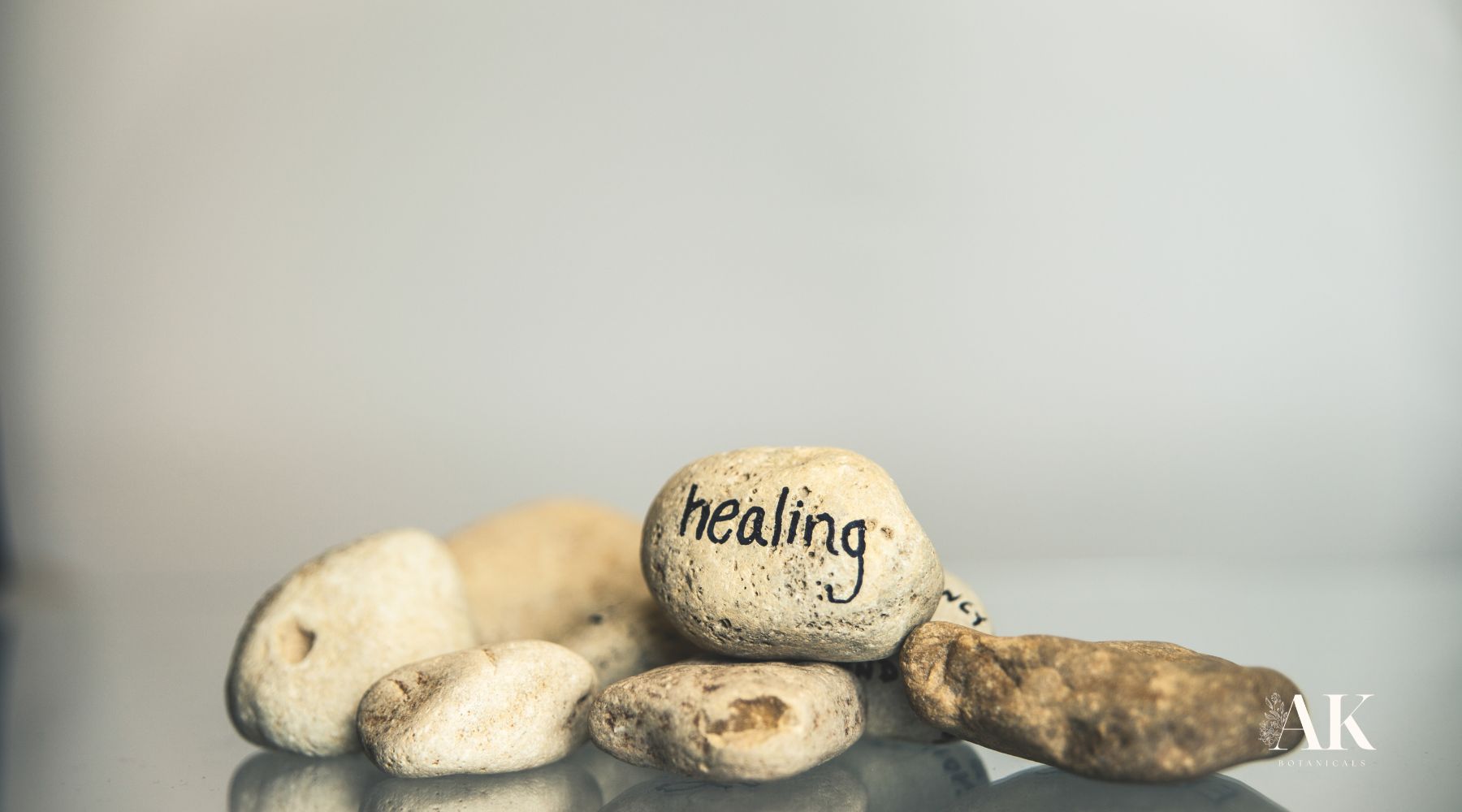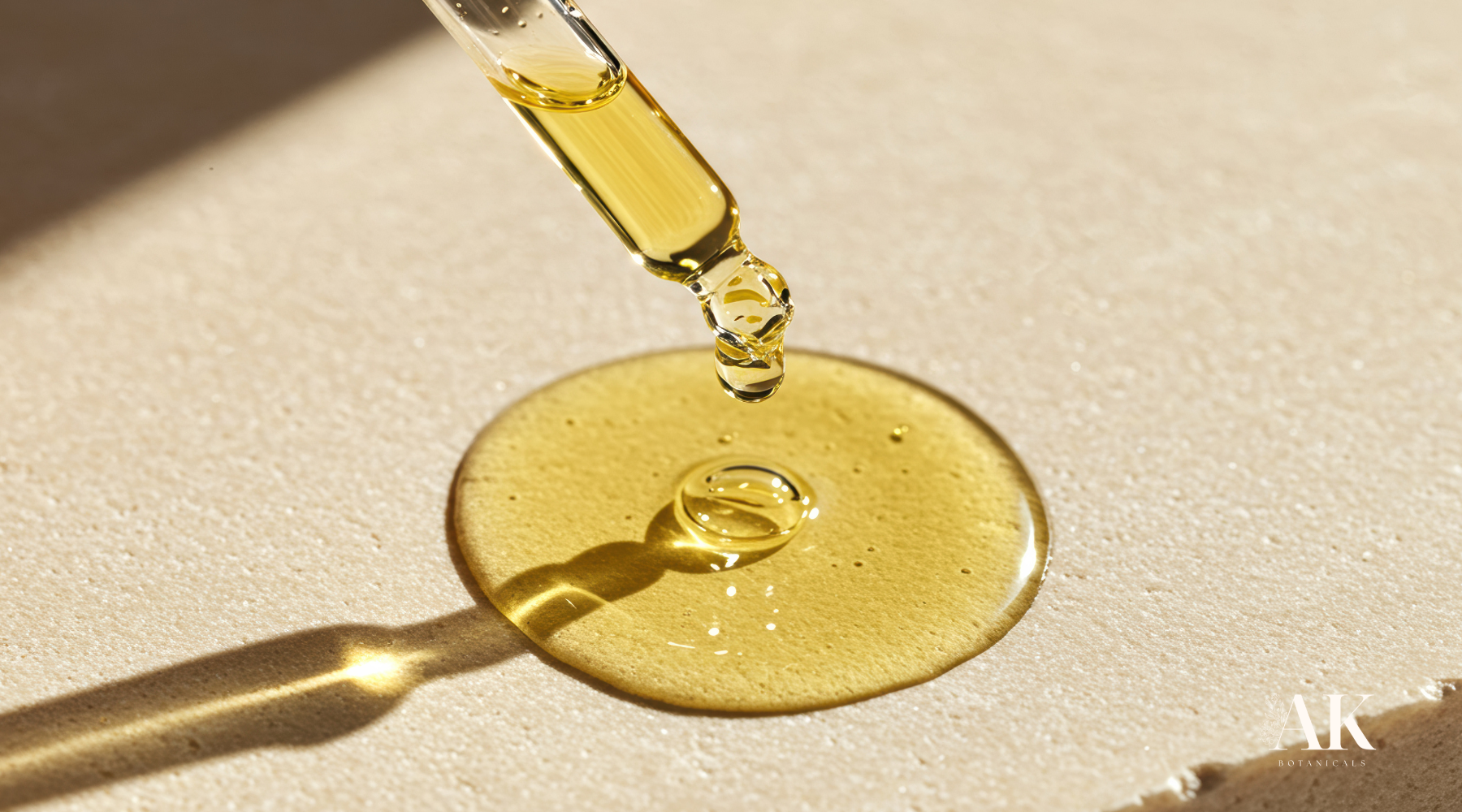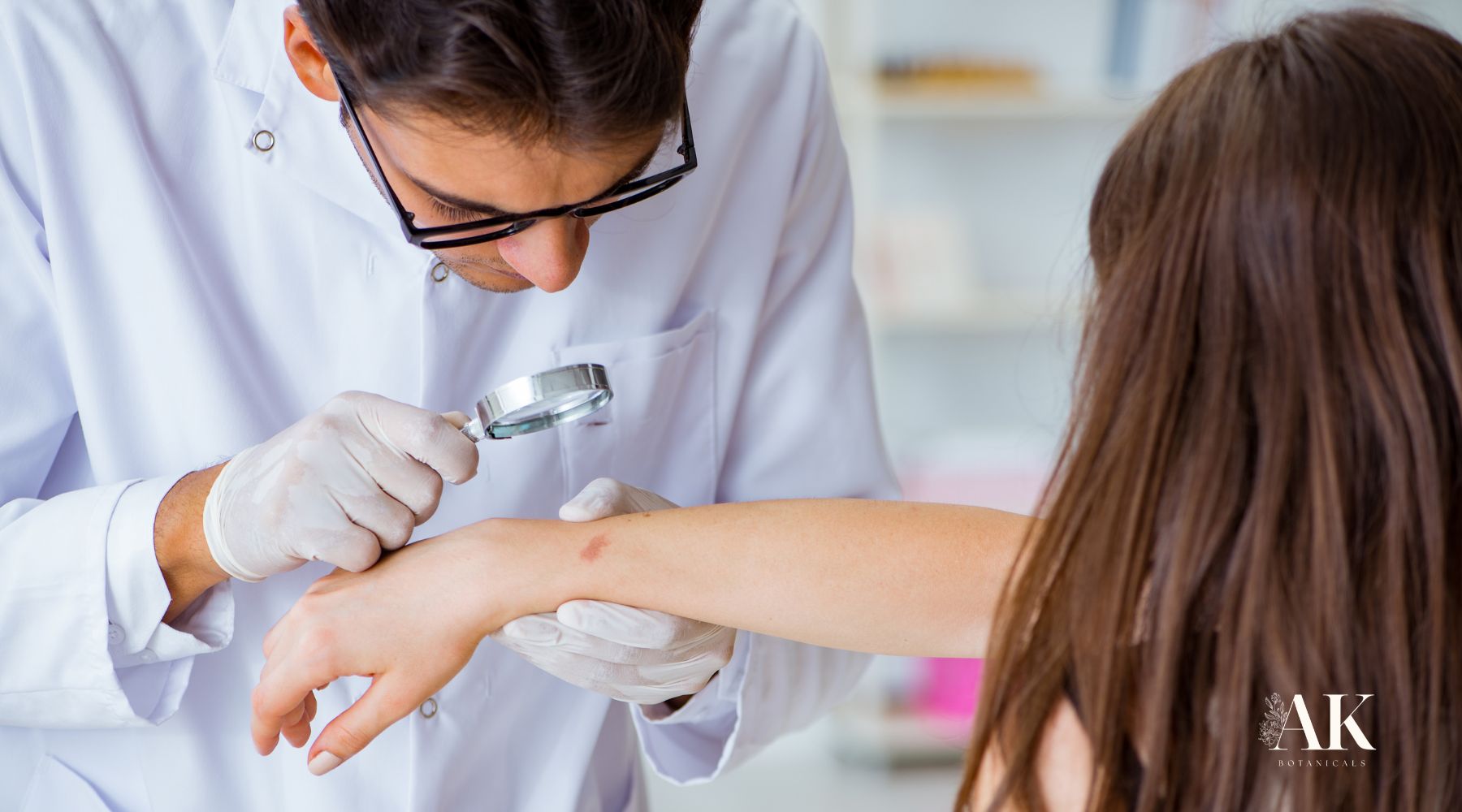
Can Actinic Keratosis Heal on Its Own? Everything You Need to Know
Actinic keratosis (AK) is a common skin condition caused by prolonged sun exposure. It appears as rough, scaly patches on the skin and is often found on areas that receive the most sun exposure, such as the face, ears, scalp, neck, hands, and forearms. Many people who develop actinic keratosis wonder whether these lesions can heal on their own or if medical intervention is necessary.
The short answer is that while some actinic keratoses may seem to disappear on their own, they are unlikely to be permanently resolved without treatment. In fact, leaving them untreated can increase the risk of progression to squamous cell carcinoma, a type of skin cancer. Let’s dive deeper into this topic to understand why AK develops, whether it can heal naturally, and what treatment options are available.
Understanding Actinic Keratosis: Causes and Symptoms
Actinic keratosis is a precancerous skin condition caused by cumulative ultraviolet (UV) damage over time. People with fair skin, light eyes, and a history of sunburns are at higher risk, as their skin has less melanin to protect against UV damage. However, anyone who has had excessive sun exposure, especially without protection, can develop AK.
Common Symptoms of Actinic Keratosis:
- Rough, scaly patches that feel like sandpape
- Flat or slightly raised lesions, often with a reddish, pink, or brownish hueItching or tenderness in the affected area
- A burning sensation when exposed to the sun
- Crusting or bleeding in more advanced cases
Because these patches develop slowly over time, many people may not notice them right away. They are most commonly found in people over 40 but can appear earlier in those with high sun exposure.
Can Actinic Keratosis Heal Without Treatment?
While some actinic keratoses may regress on their own, this is usually temporary. The lesions may fade in winter months when sun exposure decreases but often reappear with further UV exposure. More importantly, even if an AK spot seems to go away, the underlying DNA damage in the skin remains, meaning the risk of developing skin cancer does not disappear.
Factors That Influence Spontaneous Regression:
Some studies suggest that the immune system can occasionally clear actinic keratoses, especially in younger individuals with strong immune responses. However, several factors determine whether AK might fade or persist:
Sun Exposure
Continued UV exposure will likely make the lesions worse or cause them to return.
Immune System Function
A healthy immune system may slow the progression of AK, but it rarely eliminates the condition completely.
Skin Type
People with fair skin and a history of sunburns are more prone to persistent AK.
Severity of the Lesions
If you have multiple or thickened lesions, they are less likely to disappear without treatment.
While spontaneous healing is possible, it is not reliable, and delaying treatment can increase the risk of progression to skin cancer.
The Risk of Actinic Keratosis Progressing to Skin Cancer
One of the biggest concerns with leaving actinic keratosis untreated is that it can develop into squamous cell carcinoma (SCC), a common type of skin cancer. Studies estimate that up to 10% of actinic keratoses progress to SCC over time.
Since there is no way to predict which AK lesions will turn into cancer, dermatologists generally recommend treatment, especially for persistent or thickened patches. Early intervention is key to preventing complications.
How to Treat Actinic Keratosis
Fortunately, actinic keratosis is highly treatable, especially when caught early. Treatments range from topical creams to more advanced procedures performed by dermatologists.
1. Topical Treatments
These are commonly prescribed for patients with multiple lesions or widespread sun damage.
5-Fluorouracil (5-FU)
A chemotherapy cream that destroys abnormal skin cells.
Imiquimod
Stimulates the immune system to attack AK cells.
Diclofenac Gel
An anti-inflammatory treatment that helps reduce AK lesions.
Ingenol Mebutate
Causes cell death in actinic keratoses and triggers an immune response.
2. Cryotherapy (Freezing the Lesions)
Cryotherapy uses liquid nitrogen to freeze and destroy abnormal skin cells. It is a quick, in-office procedure with minimal downtime, but some redness and blistering may occur as the skin heals.
3. Photodynamic Therapy (PDT)
This treatment involves applying a special light-sensitive solution to the skin, followed by exposure to a blue or red light that activates the solution and destroys precancerous cells. PDT is effective for treating multiple AK spots but may cause temporary discomfort.
4. Laser Therapy
Laser treatments can be used to remove actinic keratoses by vaporizing the damaged skin cells. This method is often used for cosmetic reasons on areas like the face.
5. Curettage and Electrocautery
For thickened AK lesions, a dermatologist may scrape away the damaged tissue (curettage) and use an electric needle to destroy remaining cells. This method is typically used for lesions suspected of progressing to SCC.
Preventing Actinic Keratosis and Further Skin Damage
Even after successful treatment, actinic keratosis can recur if sun exposure continues. The best way to prevent further damage is by adopting sun-safe habits:
Use Sunscreen Daily
Choose a broad-spectrum sunscreen with SPF 30 or higher and apply it generously to exposed skin.
Wear Protective Clothing
Long sleeves, hats, and sunglasses help shield your skin from UV rays.
Avoid Peak Sun Hours
Stay in the shade, especially between 10 AM and 4 PM when UV radiation is strongest.
Regular Skin Checks
Perform self-exams and see a dermatologist for regular screenings, especially if you have a history of sun damage.
Akti-Clear A Natural Solution for Managing Actinic Keratosis
A natural-based solution formulated to manage actinic keratosis using plant-derived ingredients.
Topical treatments can cause redness, peeling, and irritation, but they effectively target both visible and invisible AK cells.
When to See a Dermatologist
If you notice new rough patches on your skin or if existing lesions become red, tender, or start bleeding, it’s essential to consult a dermatologist. Early diagnosis and treatment can prevent complications and reduce the risk of developing skin cancer.
Should You Wait or Seek Treatment?
While some actinic keratoses may fade on their own, they are unlikely to be permanently resolved without intervention. Given the potential risk of progression to skin cancer, seeking treatment is the safest option. There are multiple effective treatments available, ranging from topical creams to in-office procedures, so there is no need to take unnecessary risks by waiting.
Taking proactive steps to treat AK and protect your skin from further UV damage will help maintain long-term skin health and reduce the risk of more serious complications in the future. If you have actinic keratosis or are concerned about sun damage, schedule an appointment with a dermatologist to discuss the best course of action for your skin.




